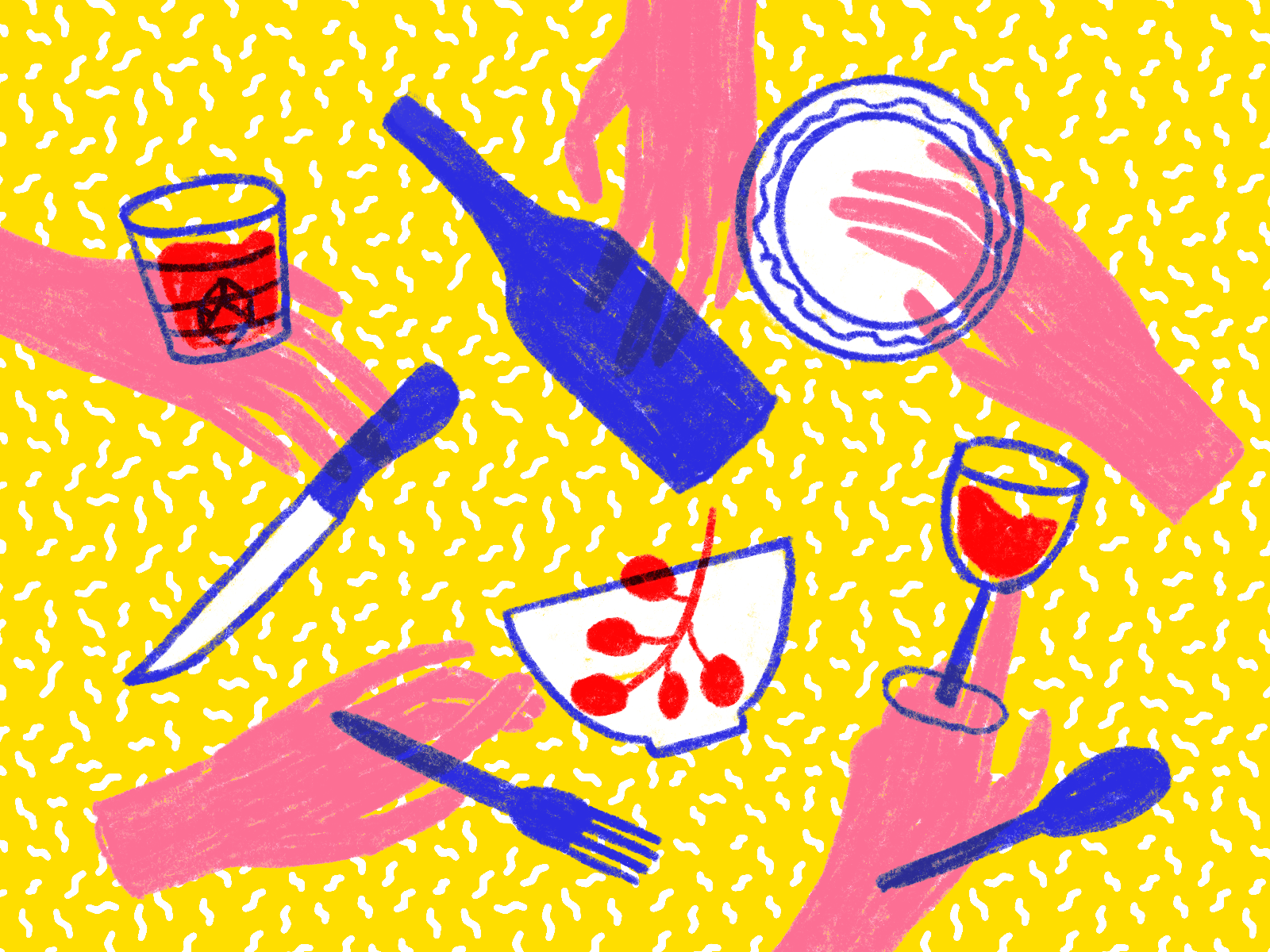I think it won’t surprise anyone if I say that enjoying a meal isn’t limited to smelling and tasting it. With the spread of food design and gastrophysics, the multisensorial nature of eating and gastronomy becomes more well-known every year. While the most “popular” and most researched alternative sense in relation to food is our vision, the relationship between our food culture and touch is way less discussed. This includes not only the texture of the food itself but everything we encounter when we eat: the fabric of our clothes, the feel of cutlery, bowls, furniture, and the menu. Would you think that all of these could have an impact on how tasty you’ll find your dinner? Here’s the latest HypeLAB episode of our thematic TASTE month.
“We see, touch, smell, hear and taste the bites; though everything happens automatically, the inner processes are way more complex,” dedicated gastro editor of Hype&Hyper Bianka Geiger pointed out in her thesis called Food as a Medium in 2016. Though certain elements of the multisensorial eating experience cannot be separated from each other, in this article we will try and put tactility in focus.
A few months ago, I forgot to make reservations to the bar we wanted to visit, and like every Friday night, Budapest was full. After a long search, we found an attractive place with a nice interior and an impressive bar. But when the waiter brought the drink menu on a soggy A4 sheet of printing paper, all our illusions were destroyed. Its wet and thin touch was completely out of context and started some unpleasant associations right away. My sense of taste seemed to be completely blunted from then on: I couldn’t decide whether the cocktail was really as bad as it seemed after this negative tactile experience. This is a very simple example of how our sense of touch has influenced the taste experience in a negative direction, but there have been many deviant attempts to manipulate tactile impulses to eat.
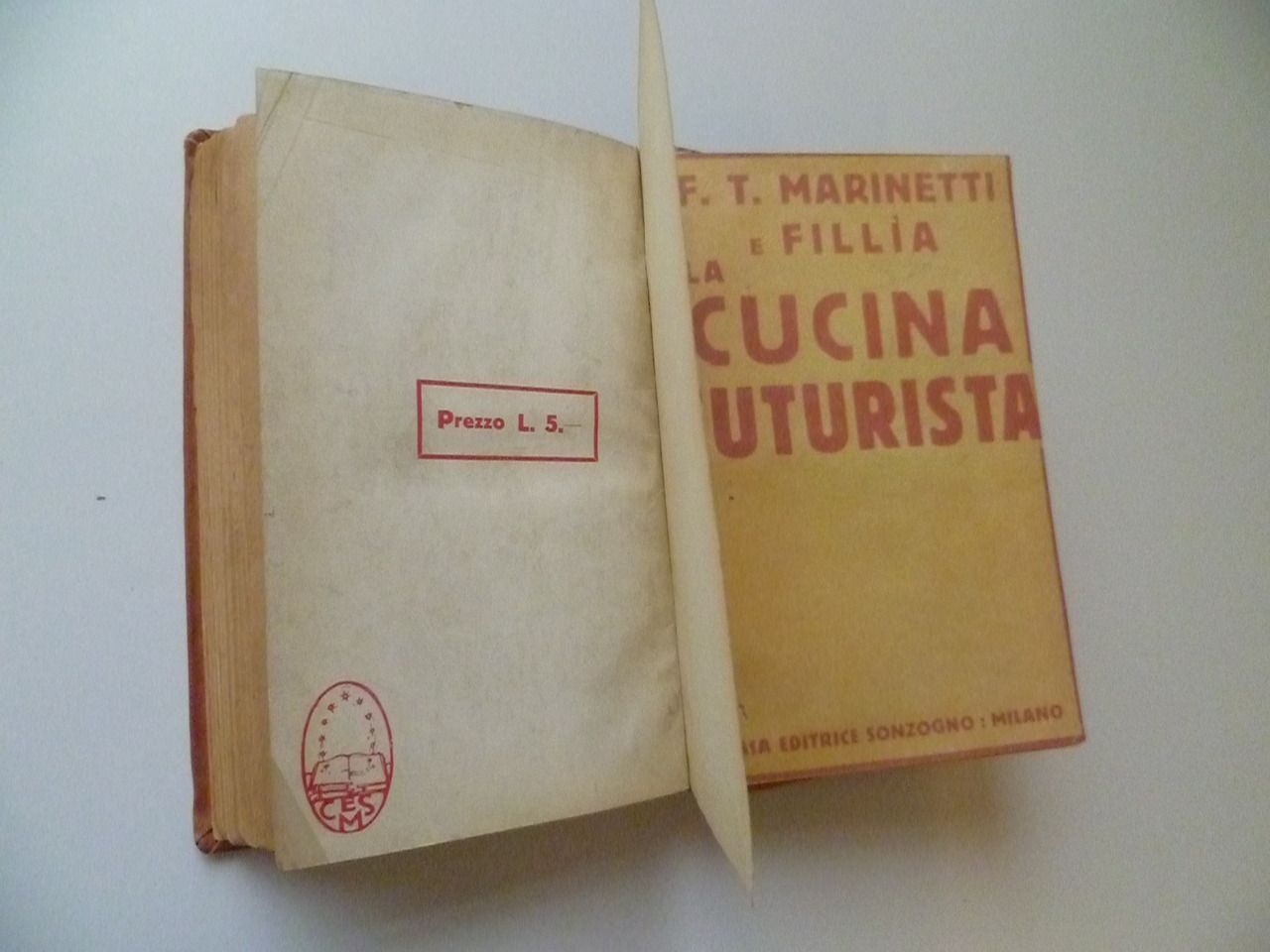
One of the pioneer examples is about a hundred years old but still relevant: famous Italian futurist, Filippo Tommaso Marinetti, who by the way hated the cult of Italian pasta, was the first to mention the importance of touching in connection with food. In The Futurist Cookbook, published in 1932, he dedicated a whole chapter to the so-called Tactile Dinner Party. Theoretically, participants of such a party are escorted to a dark room, where they have to choose a dinner partner based on their tactile preferences, while they are wearing pajamas made of different materials (such as sponge, cork, sandpaper, felt, aluminum plate, bristles, steel wool, cardboard, silk, velvet, etc.). The meals have to be eaten without cutlery, while touching their own and each other’s pajamas.
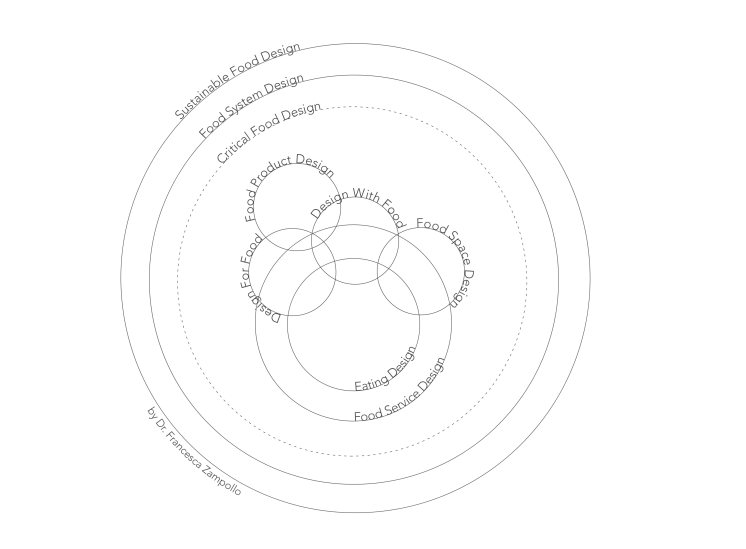
Dutch contemporary food designer Marije Vogelzang creates similar food experiences, which completely take us away from our ordinary experiences. In her work, she questions the traditional rules and tools of eating with performances and experience-based meals, among other things. Within various subfields of food design, the creation of Eating Design is marked with her name, which examines the situation of eating and the interactions between food and man. (The category of food design was organized by Francesca Zampollo, we present several examples from different categories.) From her many exciting projects, Marije’s Food Massage Salon from 2019 suits best the topic of our article. “We lead our lives with very limited sensory experiences. We look at screens, buy packaged food, and touch screens more than we touch our loved ones. Food Massage Salon is a compact sensory, full-body experience that reconnects us with our senses,” says the event’s lead. In practice, it all took place as participants were wrapped in a blanket and then laid in a hammock with only their mouths showing. They were given a gentle massage and a soothing stranger’s voice was played into their ears, which turned out to be a personification of their own tongue. After the tactile story-tuning, the therapist placed eight small bites of food in their mouths, each of which evoked unexpected and new sensations. Although they did not touch anything with their own hands, the touches on their bodies influenced their taste sensations.
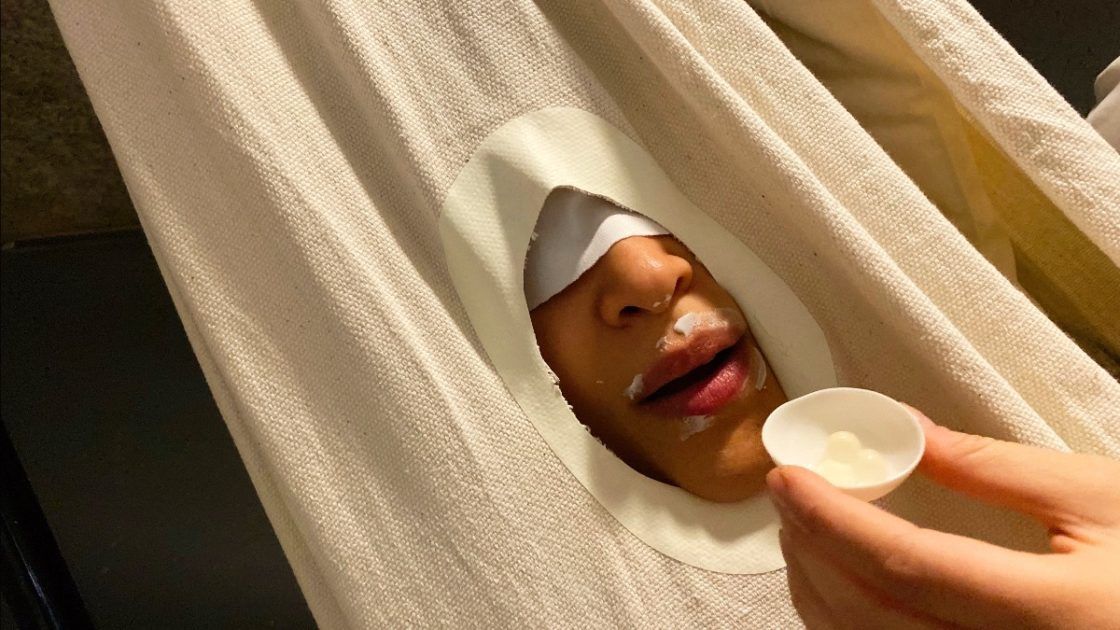
The way the involvement of the tactile senses influences the experience of eating, the withdrawal of such senses does, too. In Caroline Hobkinson’s experimental meals, certain bites were tied on invisible strings. They were then hanged on helium-filled balloons in a dimly lit room, which made them seem as if they were floating. Participants had to catch food with their mouths. In his restaurant called The Fat Duck, Heston Blumenthal did some similar experiments, too; the bites made with molecular gastronomy were placed into the guests’ open mouths. In addition, Blumenthal discusses the topic of gastrophysics in his book called The Perfect Meal: The Multisensory Science of Food and Dining, as well. He dedicates a whole chapter to the touch of cutlery, for instance.
After the experience-based Eating Design examples, let’s move on to the object design category aka Design for Food. Let’s start with an iconic object, which wasn’t made for practical use: surrealist artist Meret Oppenheim’s fur-lined teacup. Oppenheim created her artwork called Object in 1963 in Paris when she was only 22 years old. As the story goes, Pablo Picasso and Dora Maar chatted about the possibility of covering practically everything with fur before making the object. As a work of art, it could never be tested in practice, but just by looking at it, you can almost feel the strange feel of the fur when drinking coffee: the unusually soft spoon and the soaked hairs that cling to your mouth. According to art historian Whitney Chadwick, her thoughtfulness relates to the Surrealists’ love of alchemical transformation: Oppenheim turned cool, smooth ceramics and metals into warm, bristly objects, pairing entirely new sensations with the familiar act of drinking coffee.
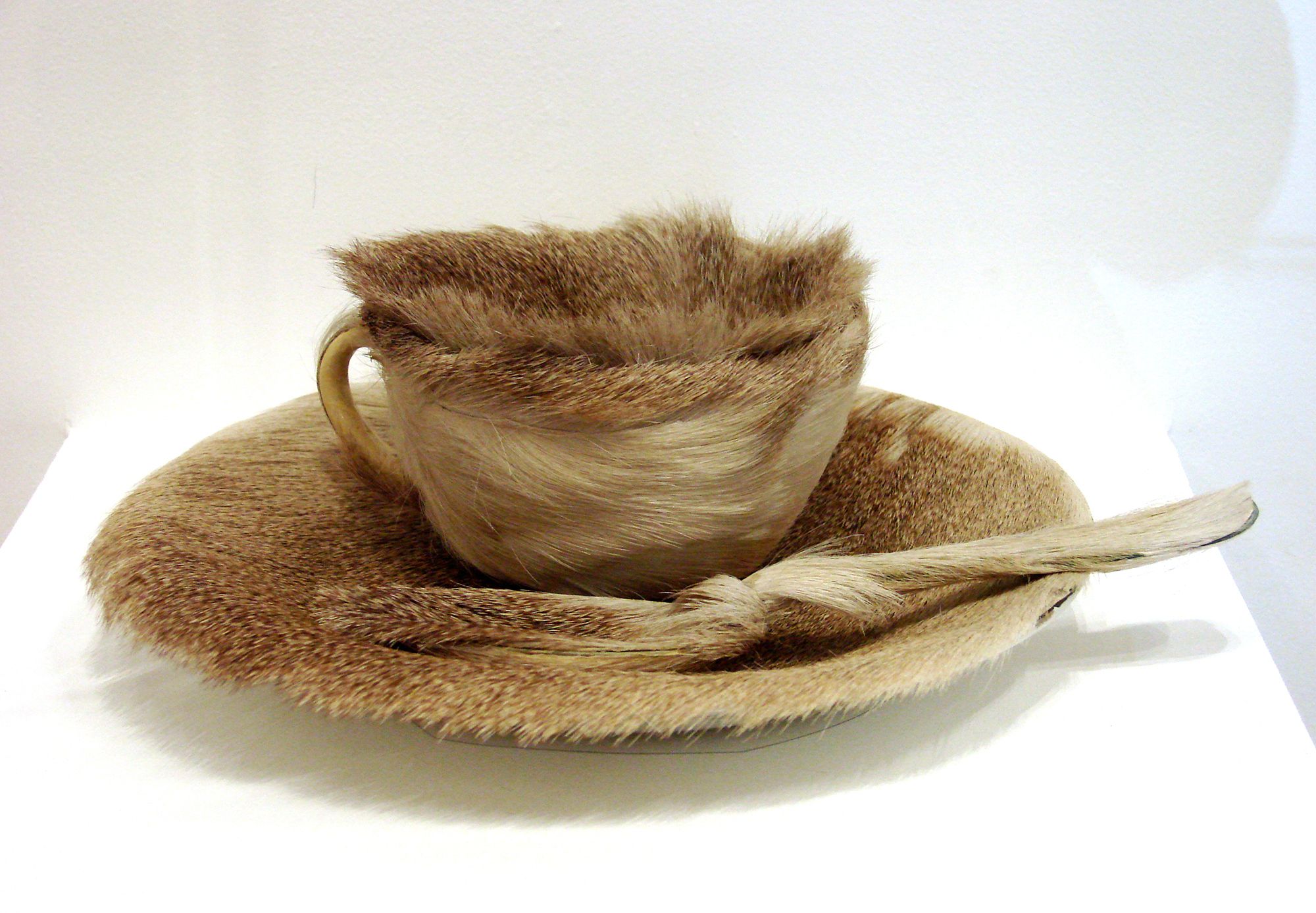
As we covered in an earlier interview, Hungarian artist living in the Netherlands Krisztina Czika has also experimented with the perception of body hair. The workshop on a wax spoon designed for a Dutch neo-futuristic dinner series, The Eating of Humans, is closely related to our gastrophysical topic. As part of the event, Kriszti waxed with guests at the table, and the furry sugar was then used to make spoons, cooled in a cold drink, and then used as dessert spoons. The project was interesting for its inclusion of tactility, as the act of waxing added a sense of pain and intimacy to the eating experience, and the tactile nature of the cutlery was unusual. There is also a pushing of human notions and perceptions through what we consider to be disgusting, all of which slips into the category of Critical Food Design.

Cutlery experimenting with tactility has fewer weird examples, as well: Philips designed vibrating cutlery that warns you if you eat too fast. Jinhyun Jeon’s collection called Tableware as Sensorial Stimuli consists of spoons made of different textures, which not only stimulate the tongue but the lips and the palate, as well. Ingrid Rügemer’s porcelain cups called Frooty Sensual Smoothie are created in the shapes of different kinds of fruit, making the fruit that is served in them touchable. The shape of the cups also evokes sexual connotations, bringing sensuality into the consuming experience. Teresa Bergen’s Beyond Taste collection of plates has a similar idea. The black pebbled-look bowl is designed to hold caviar or lentils, with the aim of giving a tactile impression of what awaits the eater. The other pieces in the series deepen the complex gastronomic experience with speakers and fragrances.
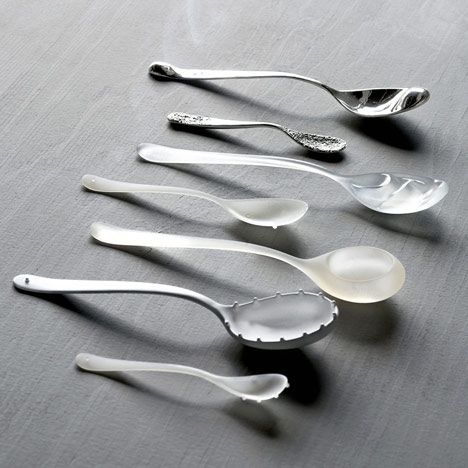
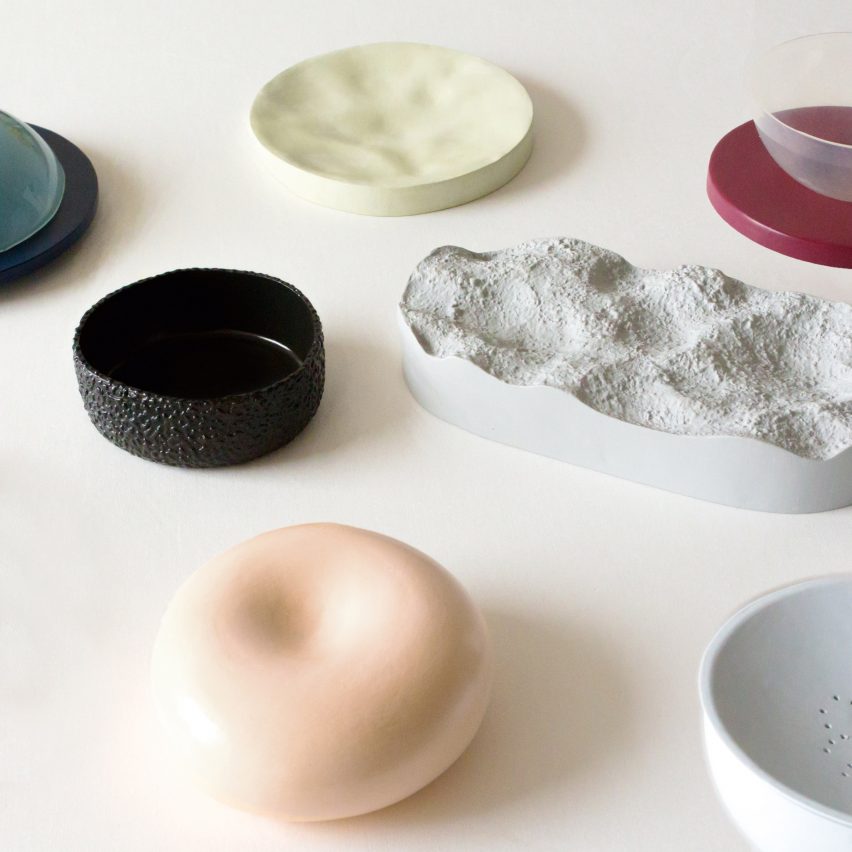
To be more casual, it’s safe to say that returning to natural materials and surfaces to go with meals becomes more and more popular, as irregularity can be much more sensual than artificially perfect surfaces. A bunch of research shows that people find the food and drink tastier if they’re served in a heavier plate or cup. This might be related to the serving of the rich, which subconsciously implies higher quality tastes. As a result, we see that there are quite a few interesting researches and experiments on tactility in gastronomy that are worth exploring, but there is still a lot of uncharted territories and untapped potential in the topic.
Source:
Spence, C., Hobkinson, C., Gallace, A. et al. A touch of gastronomy. 2013.
Geiger, Bianka. Food as a Medium. 2016.
Where it all began | We visited Silicon Valley
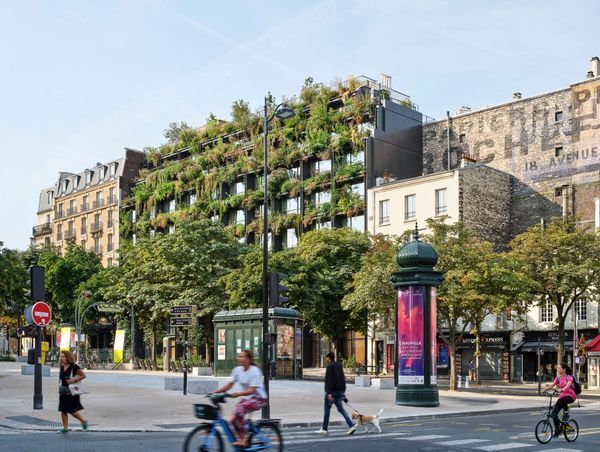
Paris gets closer to nature with this "living building"










